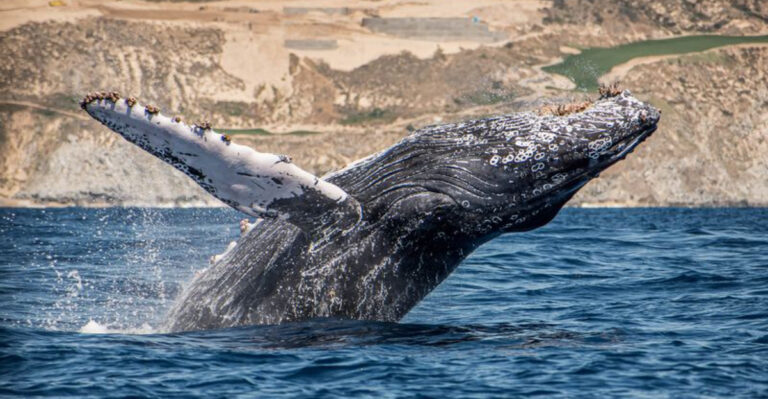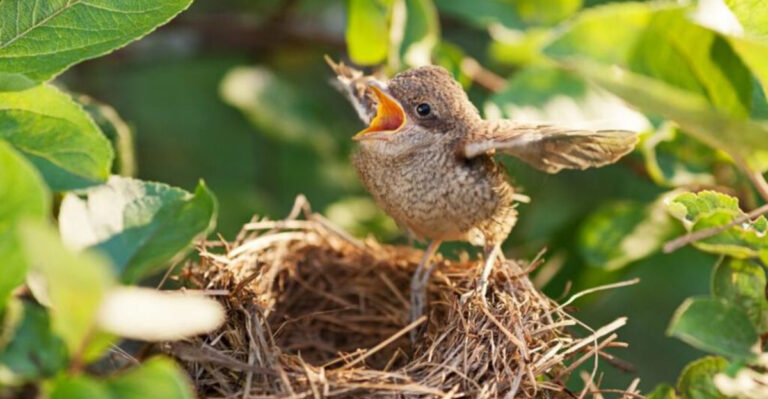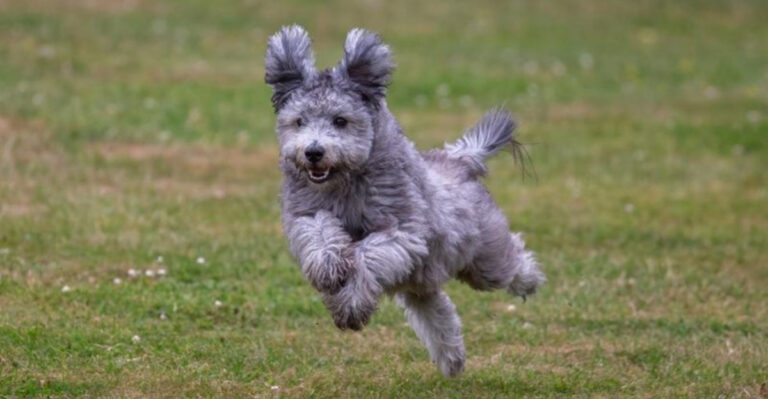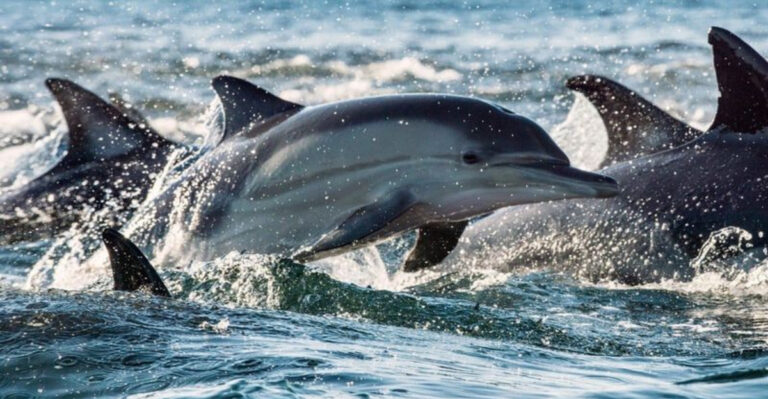13 Little-Known Facts About Rhinos

Rhinos, majestic giants of the wild, often capture our imagination with their imposing presence and prehistoric appearance.
Yet, there is much more to these incredible creatures than meets the eye. In today’s article, we uncover some fascinating and lesser-known facts about rhinos that will surely intrigue and captivate you.
1. Rhinos’ Ancient Heritage
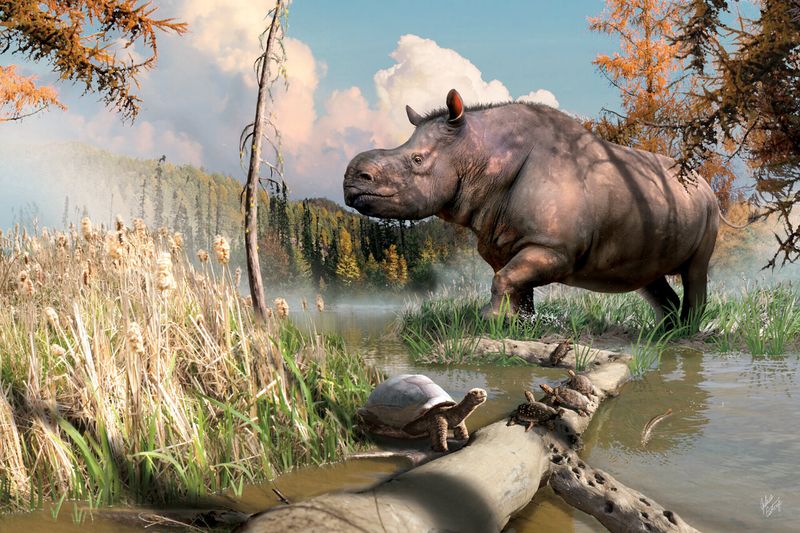
Rhinos have roamed the Earth for over 50 million years, a testament to their resilience and adaptability. Among their ancestors was the woolly rhinoceros, a massive creature that thrived during the Ice Age. These ancient beasts had thick fur coats and large horns, perfect for cold climates. Today’s rhinos share some genetic ties with these prehistoric giants, reflecting the rich evolutionary history embedded in their DNA. Although they’ve evolved, the essence of these creatures remains unchanged, connecting them deeply to their past.
Modern rhinos continue to fascinate scientists and historians alike, as they represent a living link to an era long gone. Understanding their lineage helps appreciate not just their survival but also their contribution to our planet’s biodiversity. The persistence of rhinos is indeed a remarkable chapter in the story of Earth’s natural history—a chapter that continues to unfold.
Preserving these majestic animals ensures that this ancient lineage remains intact for future generations.
2. Unique Communication Methods
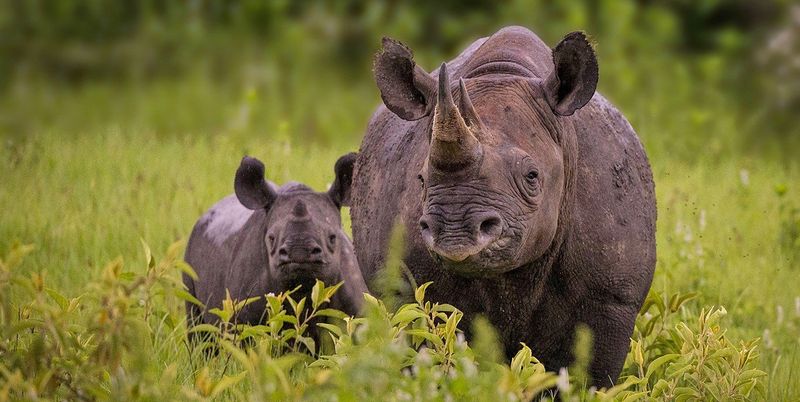
Rhinos have a unique way of communicating that may surprise many. While they don’t vocalize as frequently as other animals, their communication is intricate, using a combination of sounds, body language, and even scent marking. Rhinos grunt, growl, snort, and make a range of other sounds to convey their feelings and intentions to others.
Body language plays a crucial role in rhino communication. A raised tail, perked ears, or certain postures can indicate excitement, aggression, or curiosity. This non-verbal communication is vital for rhinos, especially in their dense habitats where visibility is limited. Their keen sense of smell also aids in communication, as scent marks help establish territory and identity.
Understanding these subtle cues is essential for wildlife conservationists and researchers as they work to protect these incredible creatures. By decoding their language, humans can better ensure rhinos’ safety and wellbeing in the wild.
3. Rhino Horn Composition
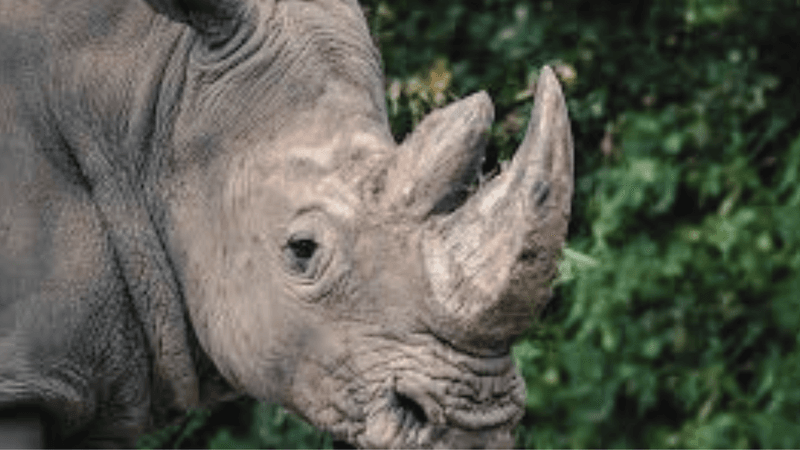
Rhino horns are often mistaken for solid bone, but they are actually made of keratin, the same protein found in human hair and nails. Unlike other horns, which have a bony core, rhino horns are entirely composed of compacted keratin fibers. This unique structure gives them strength and resilience, allowing rhinos to use their horns effectively in the wild.
These horns have significant cultural and economic implications, often being sought after for traditional medicine and ornamental purposes. However, the belief in their medicinal properties has no scientific backing. Education and awareness are key in combating the illegal horn trade that threatens rhino populations today.
Preservation efforts focus on debunking myths surrounding rhino horns while highlighting their true nature. By understanding the real composition and function of rhino horns, we can shift perceptions and encourage conservation efforts that protect these remarkable animals and their habitats.
4. Rhinos’ Social Structures
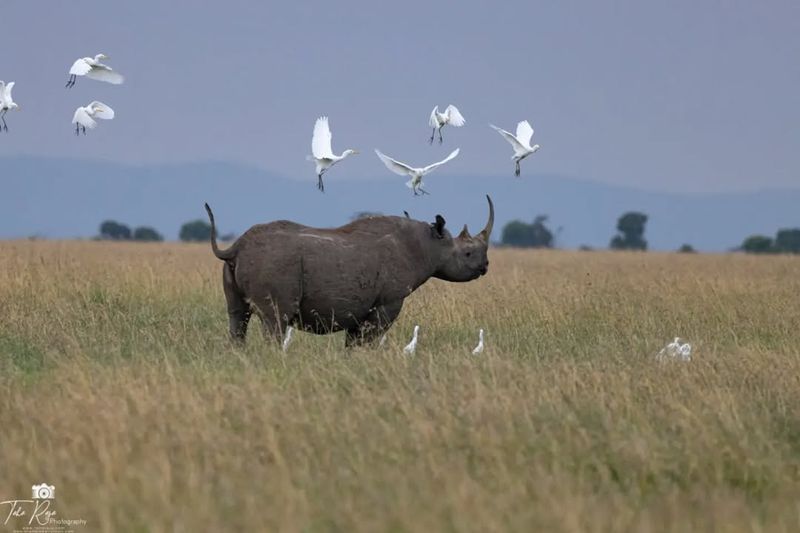
While often perceived as solitary, rhinos exhibit fascinating social structures, particularly among certain species. For example, female white rhinos are known to form groups called ‘crashes,’ consisting of mothers and their calves. These groups provide protection and social interaction, essential for the young rhinos’ development.
Male rhinos, on the other hand, tend to be more solitary, marking territories and only interacting with females for mating. This solitary nature is crucial for reducing competition among males. Despite their solitary tendencies, rhinos engage in social behaviors like play-fighting, which helps them establish dominance and maintain social bonds.
Understanding these social structures is vital for conservation efforts, as it allows for better management of rhino populations in the wild and captivity. Conservationists can tailor strategies to support both individual and group needs, ensuring the longevity of these magnificent creatures in their natural habitats.
5. Rhinos’ Role In Ecosystems
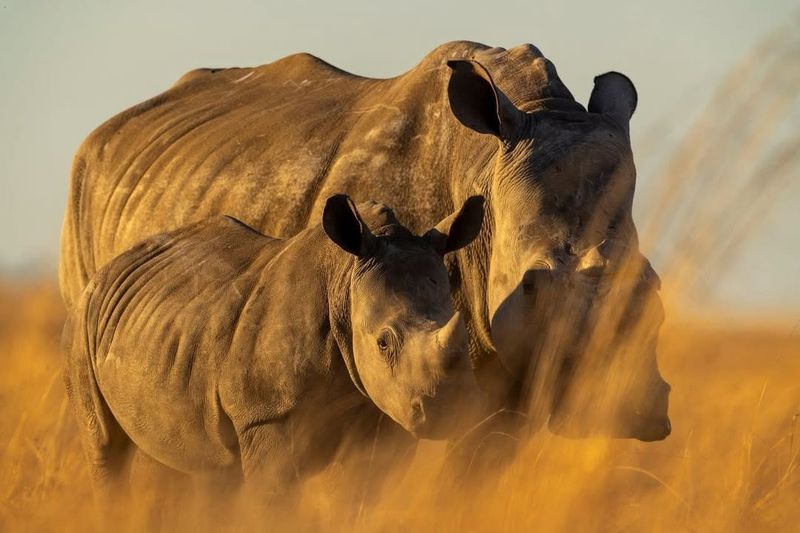
Rhinos play a critical role in their ecosystems, acting as keystone species that influence the environment and other wildlife. By grazing on vast amounts of vegetation, rhinos help shape the landscape and promote plant diversity. This grazing activity prevents overgrowth, maintaining open spaces that benefit other species, such as birds and small mammals.
Their dung also plays an important ecological role, as it fertilizes the soil and supports a variety of insects and microorganisms. This nutrient cycling is essential for healthy ecosystems, and the presence of rhinos can significantly enhance biodiversity.
Conservation efforts emphasize the importance of rhinos not only as iconic animals but as integral components of their habitats. Protecting rhinos means preserving the balance of their ecosystems, ensuring that the intricate web of life continues to thrive. This holistic approach highlights the interconnectedness of all living things and the significance of each species in maintaining ecological harmony.
6. Rhino Conservation Challenges
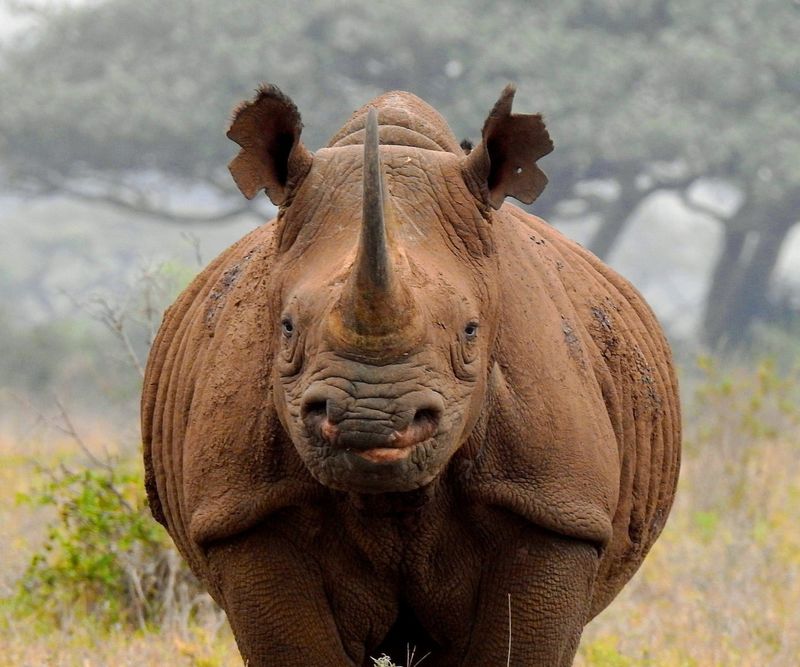
The road to rhino conservation is fraught with challenges, primarily due to poaching and habitat loss. Poaching driven by the demand for rhino horns poses a constant threat to their survival. Despite international bans, illegal trade persists, fueled by myths and high market value. Conservationists employ various strategies to combat this, including anti-poaching patrols and awareness campaigns.
Habitat loss due to human encroachment and agricultural expansion further exacerbates the situation, limiting the space rhinos need to thrive. Protected areas and wildlife corridors are essential to provide safe habitats for these animals.
Efforts to save rhinos are multifaceted, involving law enforcement, community engagement, and habitat restoration. Success depends on the collective action of governments, NGOs, and local communities working together. By addressing these challenges, we can create a future where rhinos continue to roam freely, contributing to their ecosystems and inspiring future generations.
7. Rhinos And Climate Change
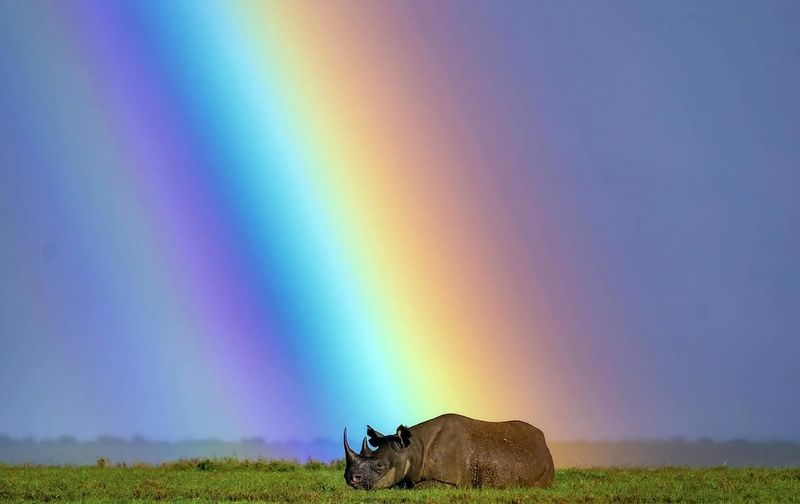
Climate change poses a growing threat to rhinos, altering their habitats and affecting their survival. Changes in temperature and precipitation patterns can lead to habitat degradation, affecting the availability of food and water. This environmental instability forces rhinos to adapt quickly or face severe consequences.
Increased frequency of droughts and floods further complicates the situation, as these events can decimate vegetation and disrupt migration patterns. Rhinos, particularly those in already vulnerable areas, are at heightened risk due to these climate-induced challenges.
Conservation efforts must now integrate climate change mitigation strategies to ensure rhinos’ survival. This involves protecting natural habitats, restoring degraded areas, and advocating for policy changes that address climate change’s root causes. By tackling climate issues alongside traditional conservation methods, we can better safeguard rhinos and the natural world they inhabit.
8. Rhinos’ Unique Skin
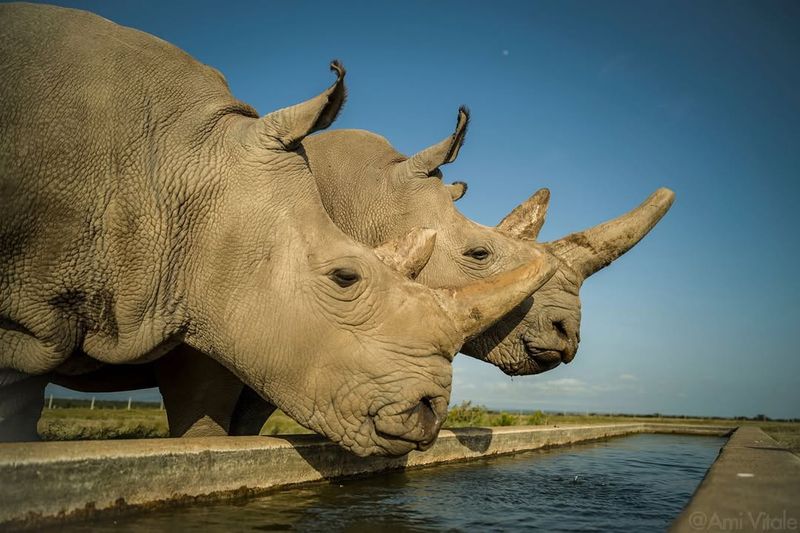
Rhinos are well-known for their thick, armor-like skin, which serves multiple purposes. This skin, often an inch or more thick, provides protection against thorns, insect bites, and even predator attacks. The thick folds create a unique pattern, offering additional defense by acting as flexible armor.
The skin’s texture varies across different rhino species, with some having a smoother appearance while others possess more pronounced folds. This variation helps them adapt to their respective environments, whether it’s the hot savannah or dense forests.
Regular mud baths play a vital role in maintaining rhinos’ skin health. The mud cools them down, provides a natural sunscreen, and helps remove parasites. Conservationists emphasize the importance of preserving mud wallows in rhino habitats to support these natural behaviors. Understanding and protecting these aspects of rhino life contribute to their overall well-being and longevity.
9. Rhinos’ Remarkable Speed
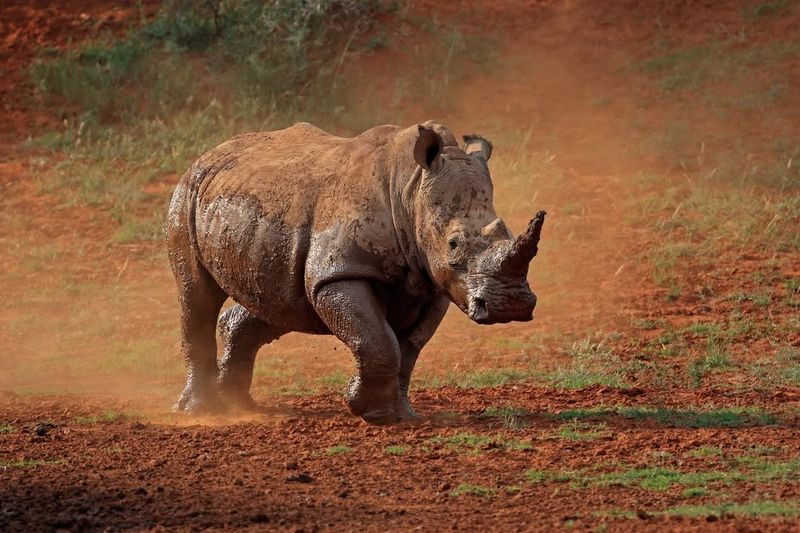
Despite their size and hefty appearance, rhinos are surprisingly fast, capable of reaching speeds up to 30 miles per hour. This speed is essential for avoiding predators and navigating their often challenging environments. Their powerful legs and robust body structure enable them to sprint with impressive agility.
Rhinos utilize this speed primarily for defense, as running away from threats is often more advantageous than confrontation. During these high-speed escapes, their agility allows them to make quick turns and navigate through obstacles.
This remarkable ability is crucial for their survival in the wild. Conservation efforts that focus on preserving natural landscapes are vital to ensure rhinos have the space to utilize their speed and agility. By understanding these physical capabilities, we can better appreciate and support the environments that allow rhinos to thrive.
10. Rhinos In Culture And Mythology
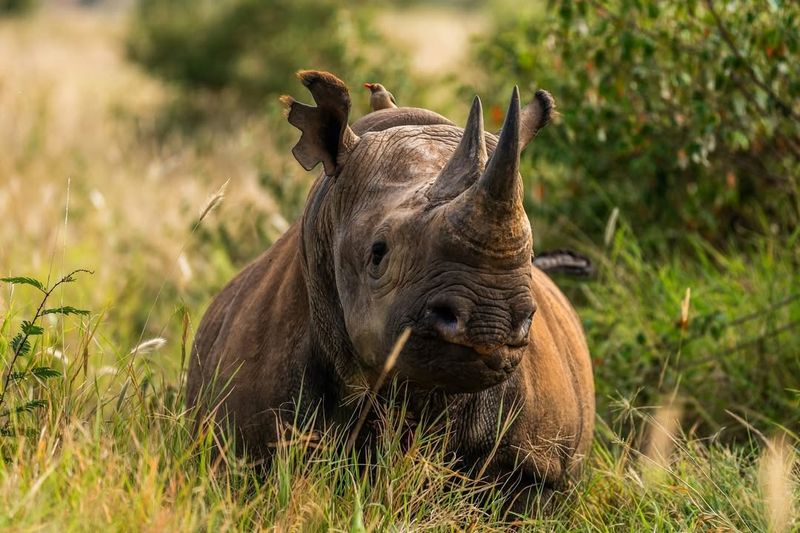
Rhinos have held a special place in various cultures and mythologies throughout history. In many Asian cultures, rhinos are seen as symbols of strength and protection, often depicted in art and literature. Ancient texts and folklore frequently feature these majestic creatures, attributing them with mystical powers and significance.
In African traditions, rhinos are revered as embodiments of resilience and tenacity. They are often associated with the earth and nature, reflecting their deep connection to the land. These cultural representations influence how rhinos are perceived and valued in societies where they naturally occur.
Understanding rhinos’ roles in culture and mythology enhances conservation efforts by connecting these animals to human heritage. This connection fosters a sense of responsibility and urgency in preserving them for future generations. By appreciating the cultural dimensions of rhinos, we can build stronger narratives that support their conservation and celebrate their place in human history.
11. Adaptive Eating Habits
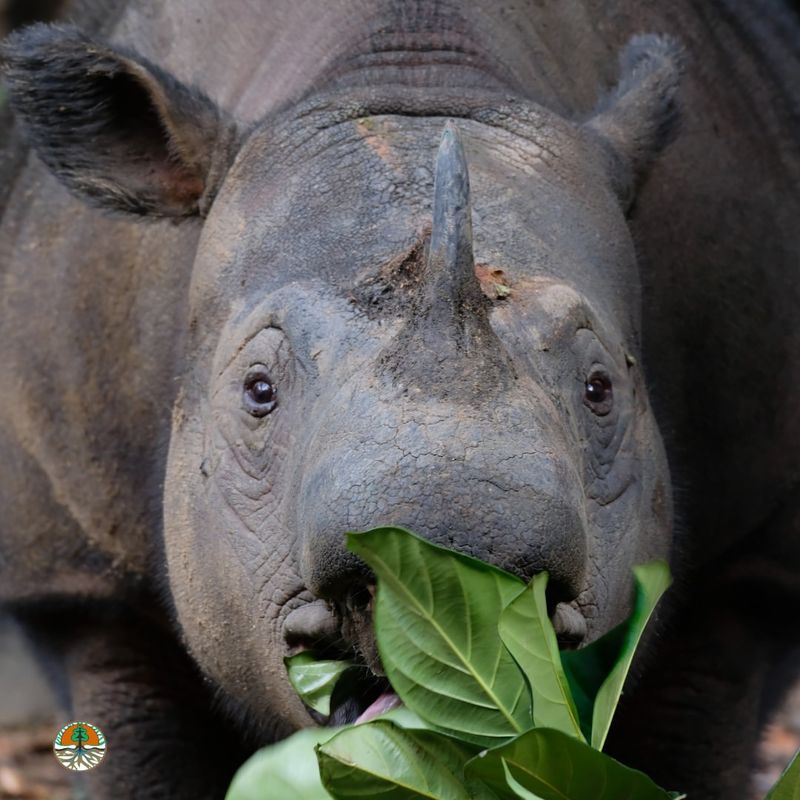
Rhinos are known for their diverse eating habits, varying significantly between species. For instance, black rhinos are browsers, using their prehensile upper lip to grasp leaves, twigs, and fruit. This adaptation allows them to feed on shrubs and trees, accessing food sources that other herbivores might not reach.
In contrast, white rhinos are grazers with wide mouths suited for cropping grass. Their feeding habits play an essential role in shaping their ecosystems, as they help maintain vegetation balance and promote biodiversity.
These adaptive eating habits underscore the importance of habitat conservation tailored to each species’ needs. By understanding their dietary preferences, conservationists can ensure that rhinos have access to appropriate food sources, supporting their health and survival. This knowledge is key in developing effective conservation strategies that preserve both rhinos and the delicate ecosystems they inhabit.
12. Rhinos’ Intelligence And Memory
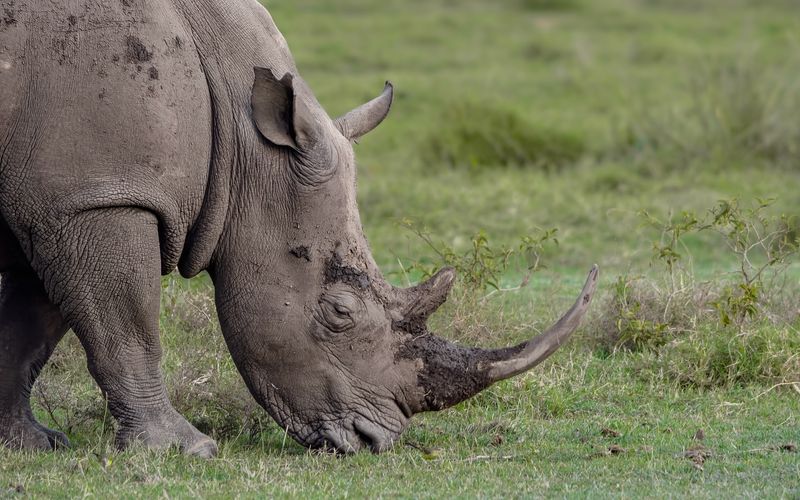
Rhinos are often underestimated in terms of intelligence, but research suggests they possess impressive cognitive abilities. Studies indicate that rhinos have good memory, which plays a crucial role in their survival. They remember locations of water sources, predators’ territories, and social interactions, helping them navigate their environments effectively.
Their problem-solving skills are evident in behaviors like seeking out hidden water sources or maneuvering through complex terrains. This intelligence is often observed in controlled environments where rhinos are presented with challenges that require cognitive engagement.
Acknowledging rhinos’ intelligence can enhance conservation practices, encouraging the development of enrichment activities that stimulate their minds. These efforts not only improve their quality of life in captivity but also provide insights into their natural behaviors. By fostering environments that challenge and engage rhinos, we support their overall well-being and highlight the complexity of these remarkable animals.
13. Rhinos’ Unique Foot Structure
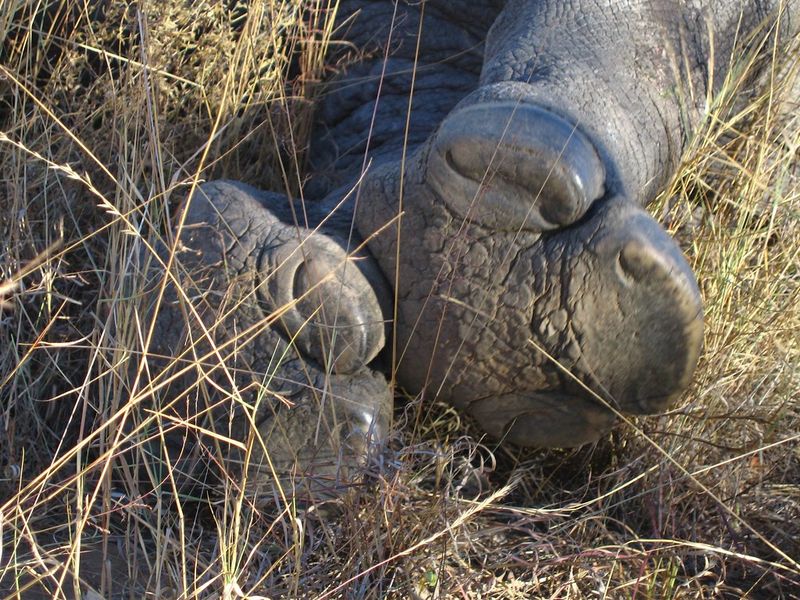
Rhinos possess a distinctive foot structure, featuring three toes on each foot. This tri-toed design provides them with stability and support, essential for their massive bodies. The unique shape of their feet helps distribute their weight evenly, reducing pressure on the ground and allowing them to move gracefully despite their size.
This foot structure plays a vital role in their ability to traverse diverse terrains, from muddy swamps to rocky hills. The rough surface of their feet provides traction, preventing slips and falls, which is crucial for their mobility and safety.
Understanding the importance of rhino foot structure aids in designing conservation areas that accommodate their movement needs. By preserving varied landscapes, we ensure that rhinos can continue to roam freely and safely. This knowledge also assists in developing medical care tailored to their specific physiological needs, promoting their health and longevity.

